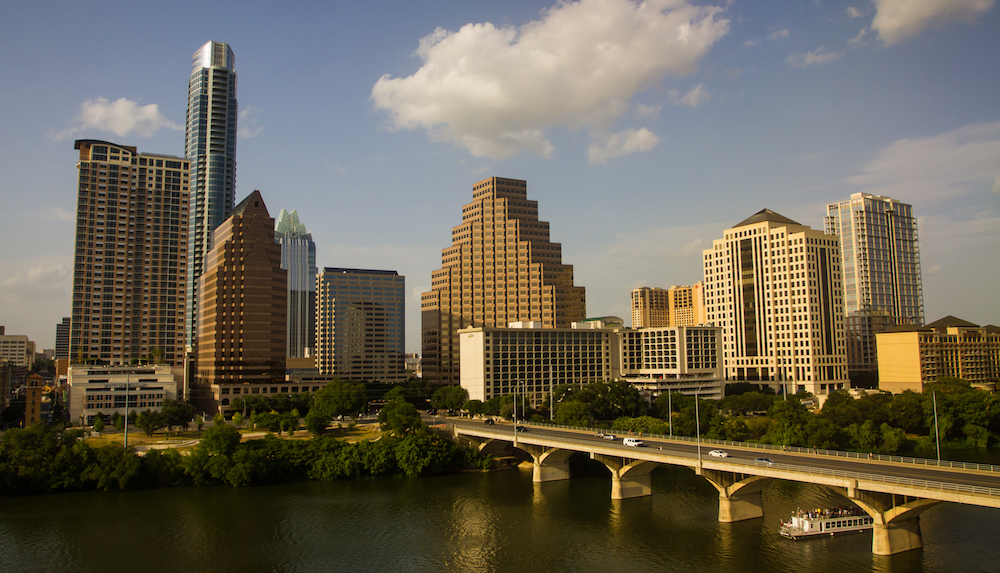Looks like another generation of Americans finds the suburban life appealing. Recently released Census Bureau estimates found that urban areas accounted for only 20% of the country’s population growth between July 2014 and July 2015. The mark is 1% lower than last year and 6.7% lower than in 2011.
According to Fortune, the older Millennials are now looking to buy their first houses, and suburban real estate is more affordable than urban properties.
Some of the trendier cities for younger adults, including New York City, Boston, and Austin, Texas, have experience slower growth. A few Rust Belt cities, including Chicago, Cleveland and Pittsburgh, lost more residents than they gained last year.
Some suburbs in the west and south experienced a significant population increase. Georgetown, Texas, a suburb of Austin, saw the biggest boom, rising 7.8% to 63,716. Other popular cities included Frisco (6.3 to 154,407), a city near Dallas; Dublin (5.5% to 57,721), which is just outside of the Bay Area; and Broomfield (5.2% to 65,065), located north of Denver.
Related Stories
Market Data | Feb 21, 2018
Strong start for architecture billings in 2018
The American Institute of Architects reported the January 2018 ABI score was 54.7, up from a score of 52.8 in the previous month.
Multifamily Housing | Feb 15, 2018
United States ranks fourth for renter growth
Renters are on the rise in 21 of the 30 countries examined in RentCafé’s recent study.
Market Data | Feb 1, 2018
Nonresidential construction spending expanded 0.8% in December, brighter days ahead
“The tax cut will further bolster liquidity and confidence, which will ultimately translate into more construction starts and spending,” said ABC Chief Economist Anirban Basu.
Green | Jan 31, 2018
U.S. Green Building Council releases annual top 10 states for LEED green building per capita
Massachusetts tops the list for the second year; New York, Hawaii and Illinois showcase leadership in geographically diverse locations.
Industry Research | Jan 30, 2018
AIA’s Kermit Baker: Five signs of an impending upturn in construction spending
Tax reform implications and rebuilding from natural disasters are among the reasons AIA’s Chief Economist is optimistic for 2018 and 2019.
Market Data | Jan 30, 2018
AIA Consensus Forecast: 4.0% growth for nonresidential construction spending in 2018
The commercial office and retail sectors will lead the way in 2018, with a strong bounce back for education and healthcare.
Market Data | Jan 29, 2018
Year-end data show economy expanded in 2017; Fixed investment surged in fourth quarter
The economy expanded at an annual rate of 2.6% during the fourth quarter of 2017.
Market Data | Jan 25, 2018
Renters are the majority in 42 U.S. cities
Over the past 10 years, the number of renters has increased by 23 million.
Market Data | Jan 24, 2018
HomeUnion names the most and least affordable rental housing markets
Chicago tops the list as the most affordable U.S. metro, while Oakland, Calif., is the most expensive rental market.
Market Data | Jan 12, 2018
Construction input prices inch down in December, Up YOY despite low inflation
Energy prices have been more volatile lately.

















